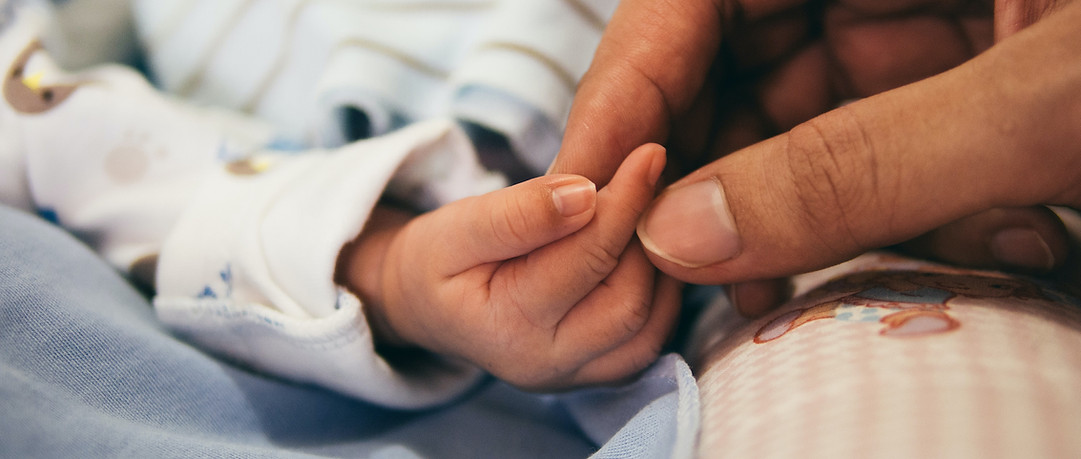

About the project
What is hepatoblastoma?
-
Hepatoblastoma is the main pediatric liver tumor that mainly affects children under 3 years of age.
-
Its incidence is increasing and the causes of this tumor and its resistance to treatment are unknown.
-
Its low incidence (1.5 cases per million children/year) and the difficulty of access to biological samples have prevented further advances in its treatment, which causes serious adverse effects for life and is still not effective in 20% of patients with aggressive and metastatic tumors.

To better understand the molecular mechanisms involved in tumor aggressiveness and lack of response to drug therapy.
To offer innovative diagnostic and prognostic tools and more effective therapies for children with aggressive tumors.
PROJECT OBJECTIVES

"The ultimate goal is to establish the biological foundations for future personalized medicine for children with hepatoblastoma, aiming to improve their quality of life and overall survival."
How are we going to do it?
WP1
Molecular characterization of the European Biorepository
In this Work Package, we will continue to centralize biological samples from pediatric patients with liver cancer participating in the PHITT clinical trial. Once the PHITT trial is completed, we will begin collecting samples from Spain and other centers/countries expressing interest. All samples will be annotated at the clinical, pathological, and molecular levels.
Establishment of new childhood liver cancer experimental models
WP2
Drug resistance models will be generated, along with tumor organoids derived from patients. These will be characterized at the molecular level using state-of-the-art techniques.
WP3
Identification of therapeutic targets
The project aims to identify novel therapeutic targets through functional studies of the epigenome, neddylation, and the resistome for the most aggressive tumors.
Validation of new treatments
WP4
Medications targeting the identified targets in WP3 will be evaluated in the experimental models established in WP2, including multidrug-resistant cells and organoids. Through these studies, the most effective anti-tumor treatments for each tumor subtype will be identified, and their effects in combination with current treatments will be investigated.
WP5/6
Technology transfer
Within our commitment to improve patient survival and quality of life improving patient survival and quality of life, we will explore the possibility of creating products transferable to clinical practice based on the knowledge generated at the diagnostic, prognostic, and therapeutic levels.
Project Management and Communication/Dissemination activities
WP7
In addition to project coordination, throughout its duration, Communication and Dissemination activities will be conducted to share our research with the scientific community, society at large, and patients and their families.